"Allison Jolly - Obituary." The Telegraph Media Group Limited. Retrieved on March 24, 2014.
- Available at: http://www.telegraph.co.uk/news/obituaries/10651392/Alison-Jolly-obituary.html
Anderson, Rebecca. 1999. "Lemur catta: Ring-tailed Lemur (On-line)." Animal Diversity Web. University of Michigan Museum of Zoology. Retrieved on March 24, 2014.
- Available at: http://animaldiversity.ummz.umich.edu/accounts/Lemur_catta/
Andrainarivo, C.; Andriaholinirina, V.N.; Feistner, A.; Felix, T.; Ganzhorn, J.; Garbutt, N.; Golden, C.; Konstant, B.; Louis Jr., E.; Meyers, D.; Mittermeier, R.A.; Perieras, A.; Princee, F.; Rabarivola, J.C.; Rakotosamimanana, B.; Rasamimanana, H.; Ratsimbazafy, J.; Raveloarinoro, G.; Razafimanantsoa, A.; Rumpler, Y.; Schwitzer, C.; Sussman, R.; Thalmann, U.; Wilmé, L.; and Wright, P. 2008. Lemur catta. In: IUCN 2013. International Union for Conservation of Nature and Natural Resources Red List of Threatened Species. Version 2013.2. Retrieved on March 24, 2014.
- Available at: http://www.iucnredlist.org/details/11496/0
"The Beza Mahafaly Lemur Biology Project." Regents of the University of Colorado at Boulder. Retrieved on March 24, 2014.
- Available at: http://www.colorado.edu/anthropology/lemur/overview/index.html
Butler, Rhett A. 6 October 2008. "An Interview with Ringtailed Lemur Expert Alison Jolly." Mongabay.com: Wild Madagascar.org. Retrieved on March 24, 2014.
- Available at: http://news.mongabay.com/2008/1006-jolly_lemur_interview.html
Butler, Rhett A. 2004 - 2008. "Lemur catta: Ring-tailed Lemur." Mongabay.com: Wild Madgascar.org. Retrieved on March 24, 2014.
- Available at: http://www.wildmadagascar.org/wildlife/species/lemurs/Lemur_catta.html
Cawthon Lang, Kristina A. 21 September 2005. "Primate Factsheets: Ring-tailed lemur (Lemur catta) Taxonomy, Morphology, & Ecology." Primate Information Net. Retrieved on March 24, 2014.
- Available at: http://pin.primate.wisc.edu/factsheets/entry/ring-tailed_lemur
Duff, Andrew; and Lawson, Ann. 2004. Mammals of the World: A Checklist. Yale University Press.
Jolly, Allison (Ed.). 2006. Ringtailed Lemur Biology: Lemur catta in Madagascar. NY: Springer.
Kennedy, Heather. 2008. "Ring-tailed Lemur: Lemur catta." Tree of Life. Retrieved on March 24, 2014.
- Available at: http://tolweb.org/treehouses/?treehouse_id=4730
Myers, P.; Espinosa, R.; Parr, C.S.; Jones, T.; Hammond, G.S.; and T. A. Dewey. 2014. "Lemur cattta: Ring-tailed Lemur (On-line)." The Animal Diversity Web. University of Michigan Museum of Zoology. Retrieved on March 24, 2014.
- Available at: http://animaldiversity.ummz.umich.edu/accounts/Lemur_catta/pictures/
Nowak, Ronald M. 1999. Walker's Mammals of the World, Sixth Edition. Volume I. Baltimore: Johns Hopkins University Press.
"Ring-Tailed Lemur." Atlanta Fulton County Zoo Animals: Mammals. Retrieved on March 24, 2014.
- Available at: http://www.zooatlanta.org/home/animals/mammals/ringtailed_lemur#ff_s=aDnTK
"Ring-Tailed Lemur." Smithsonian National Zoological Park. Retrieved on March 24, 2014.
- Available at: http://nationalzoo.si.edu/animals/primates/facts/fact-ring-tailed-lemur.cfm
"Ringtailed Lemur: Lemur catta." Pp. 55-56 in Grzimek's Animal Life Encyclopedia, Second Edition. Volume 14: Mammals III, edited by Michael Hutchins, Devra G. Kleiman, Valerius Geist, and Melissa C. McDade. Farmington Hills, MI: Gale Group, Inc., division of Thomson Learning Inc., 2004.
"Ring-tailed Lemur: Lemur catta." National Geographic Society. Retrieved on March 24, 2014.
- Available at: http://animals.nationalgeographic.com/animals/mammals/ring-tailed-lemur/
"Ring-tailed Lemur: Lemur catta." The Sacramento Zoological Society. Retrieved on March 24, 2014.
- Available at: http://www.saczoo.org/Document.Doc?id=43
"Ring-tailed Lemur: Lemur catta." San Francisco Zoo. Retrieved on March 24, 2014.
- Available at: http://www.sfzoo.org/ringtailedlemur
"Ring-Tailed Lemur: Lemur catta." Tampa's Lowry Park Zoo. Retrieved on March 24, 2014.
- Available at: http://www.lowryparkzoo.com/bio_primate_ring_tail_lemur.php
"Ring-Tailed Lemurs." National Geographic Society Kids. Retrieved on March 24, 2014.
- Available at: http://kids.nationalgeographic.com/kids/animals/creaturefeature/ring-tailed-lemur/
Samonds, Karen E.; Laurie R. Godfrey; Jason R. Ali; Steven M. Goodman; Miguel Vences; Michael R. Sutherland; Mitchell T. Irwin; and David W. Krause. 2013. "Imperfect Isolation: Factors and Filters Shaping Madagascar’s Extant Vertebrate Fauna." PLOS ONE, vol. 8, issue 4 (April 23, 2013): e62086.
- Available via PLOS Journals @ https://journals.plos.org/plosone/article?id=10.1371/journal.pone.0062086
Shaw, George. Museum Leverianum, Containing Select Specimens from the Museum of the Late Sir Ashton Lever, Kt. With Descriptions in Latin and English. London: James Parkinson, MDCCXCII (1792).
- Available via Biodiversity Heritage Library at: http://biodiversitylibrary.org/page/29568376
Smith, P.A. 2007 - 2014. "Ring-tailed Lemur: Lemur catta." Animal Fact Guide. Retrieved on March 24, 2014.
- Available at: http://www.animalfactguide.com/animal-facts/ring-tailed-lemur/
Wilson, Don E.; and Hanlon, Elizabeth. 25 March 2010. "Lemur catta (Primates: Lemuridae)." Mammalian Species 42(854):58-74.
- Available at: http://www.mammalsociety.org/uploads/Wilson%20and%20Hanlon%202010.pdf
Wilson, D.E.; and Reeder, D.M. 2005. Mammal Species of the World: A Taxonomic and Geographic Reference, Third Edition. Johns Hopkins University Press.


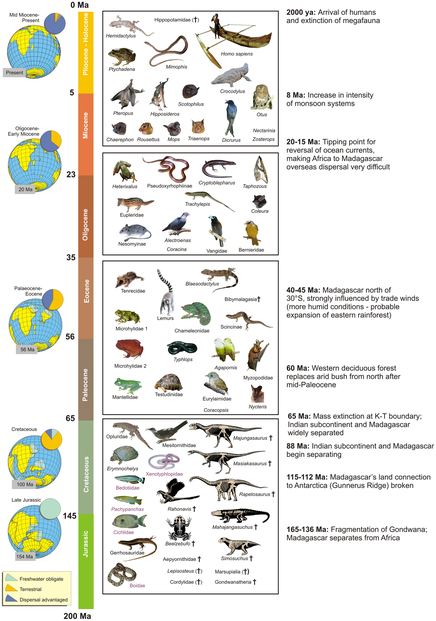
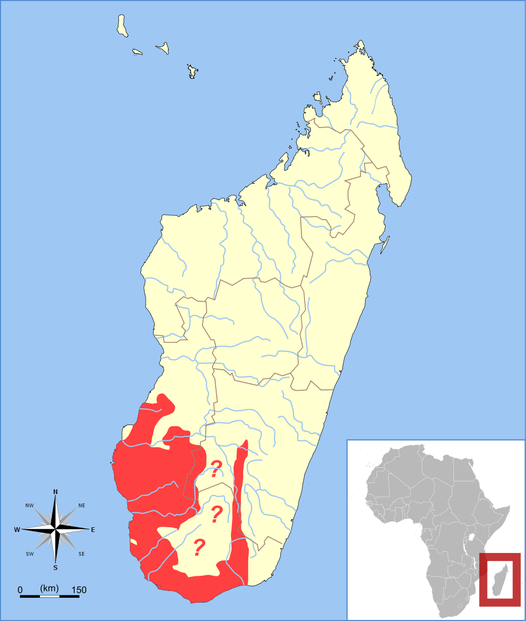
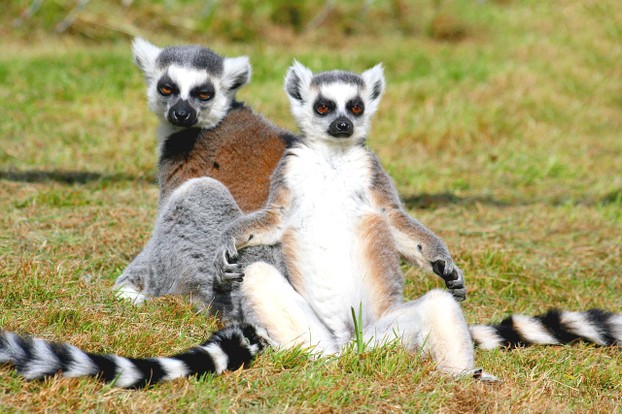
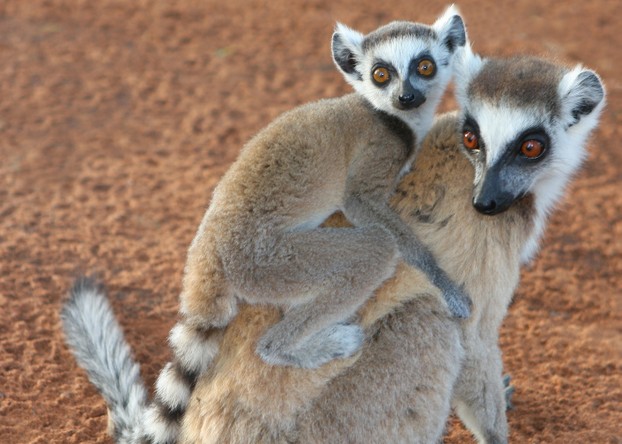
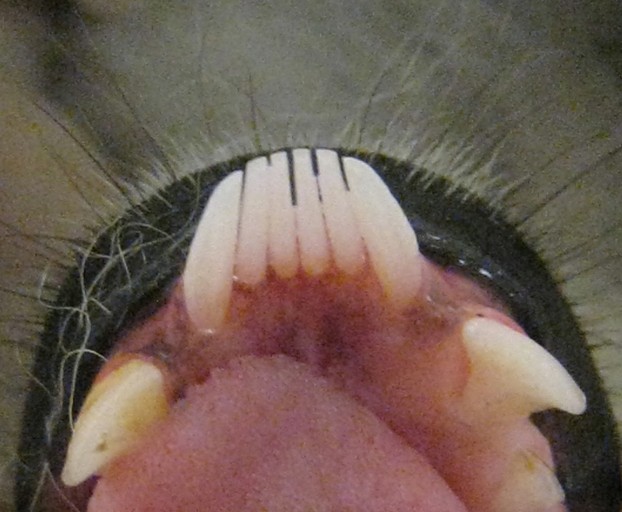
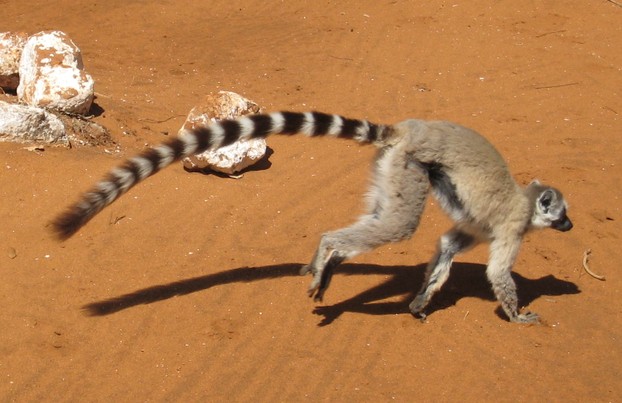
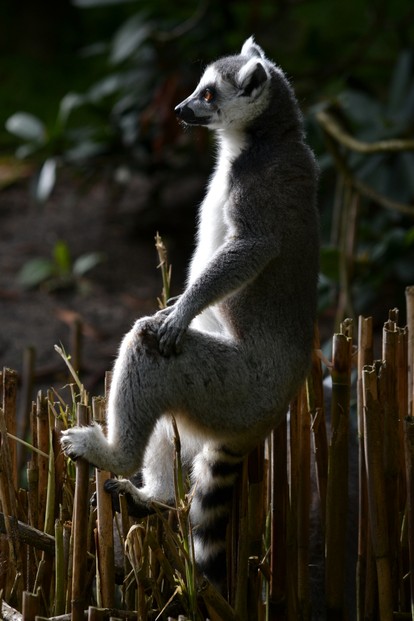
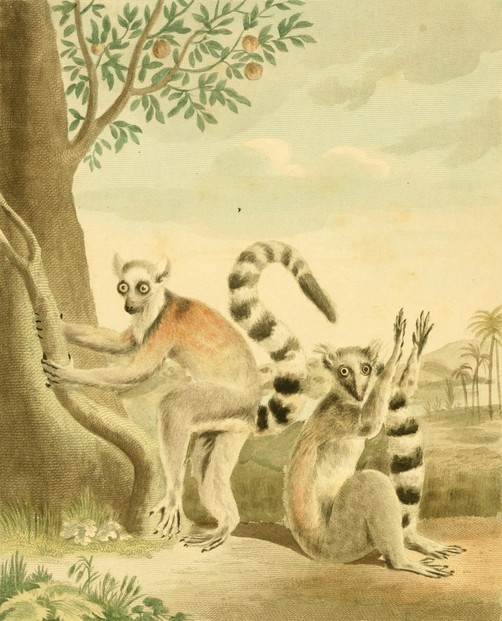

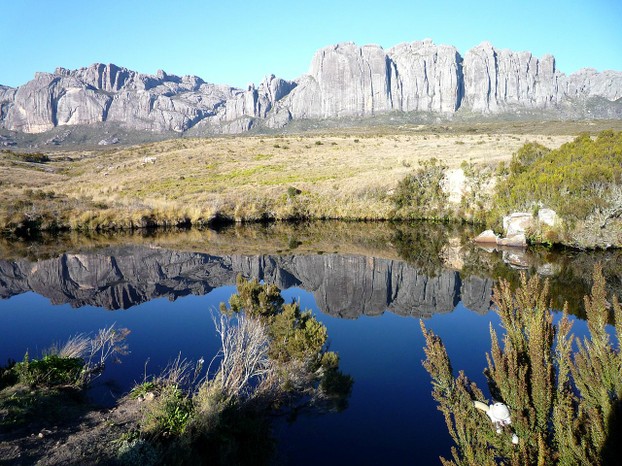





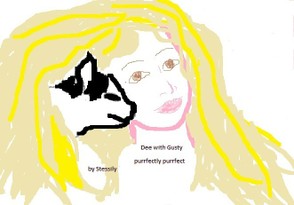
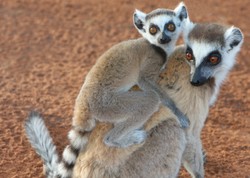

 Are Hawaiian Huakai Po Nightmarchers Avenging Halloween Thursday?on 10/02/2024
Are Hawaiian Huakai Po Nightmarchers Avenging Halloween Thursday?on 10/02/2024
 Mailing Addresses for 2023 Form 4868 Extending 1040 and 1040SR April 15, 2024, Due Dateon 04/15/2024
Mailing Addresses for 2023 Form 4868 Extending 1040 and 1040SR April 15, 2024, Due Dateon 04/15/2024
 Mailing Addresses for 2023 Forms 1040 and 1040SR Filed in 2024on 04/15/2024
Mailing Addresses for 2023 Forms 1040 and 1040SR Filed in 2024on 04/15/2024
 Mailing Addresses for 2022 Form 4868 Extending 1040 and 1040SR April 18, 2023, Due Dateon 04/13/2023
Mailing Addresses for 2022 Form 4868 Extending 1040 and 1040SR April 18, 2023, Due Dateon 04/13/2023

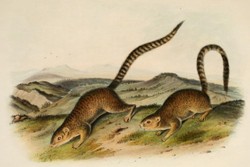
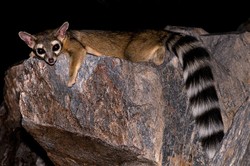
Comments
VioletteRose, The lemurs' long tails are quite dramatic. Me, too, I agree that the exceptionally long, striped tails are distinctive. It's fun for me to write about lemurs, so I'm glad that you appreciate their story.
They look really different, with exceptional long tails with stripes. Thanks for sharing so many interesting details!